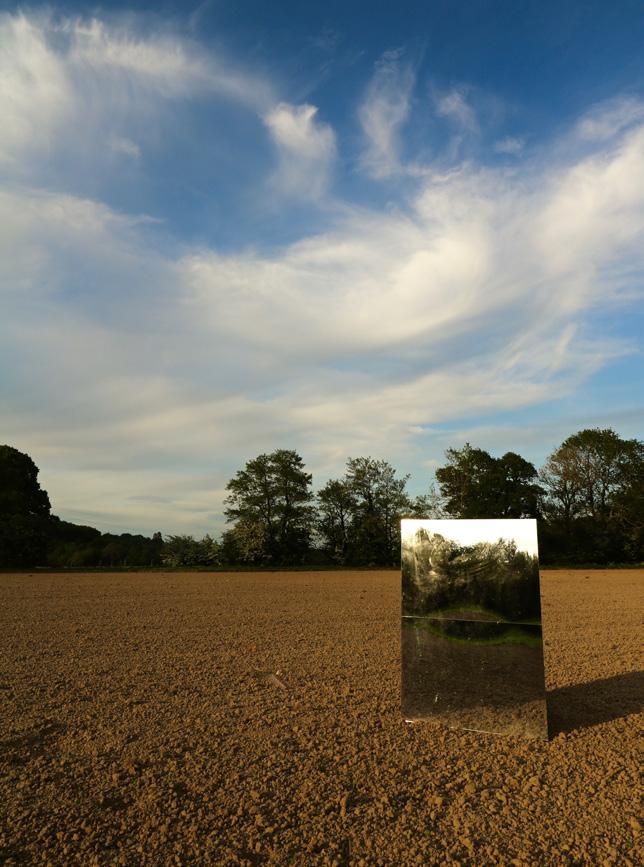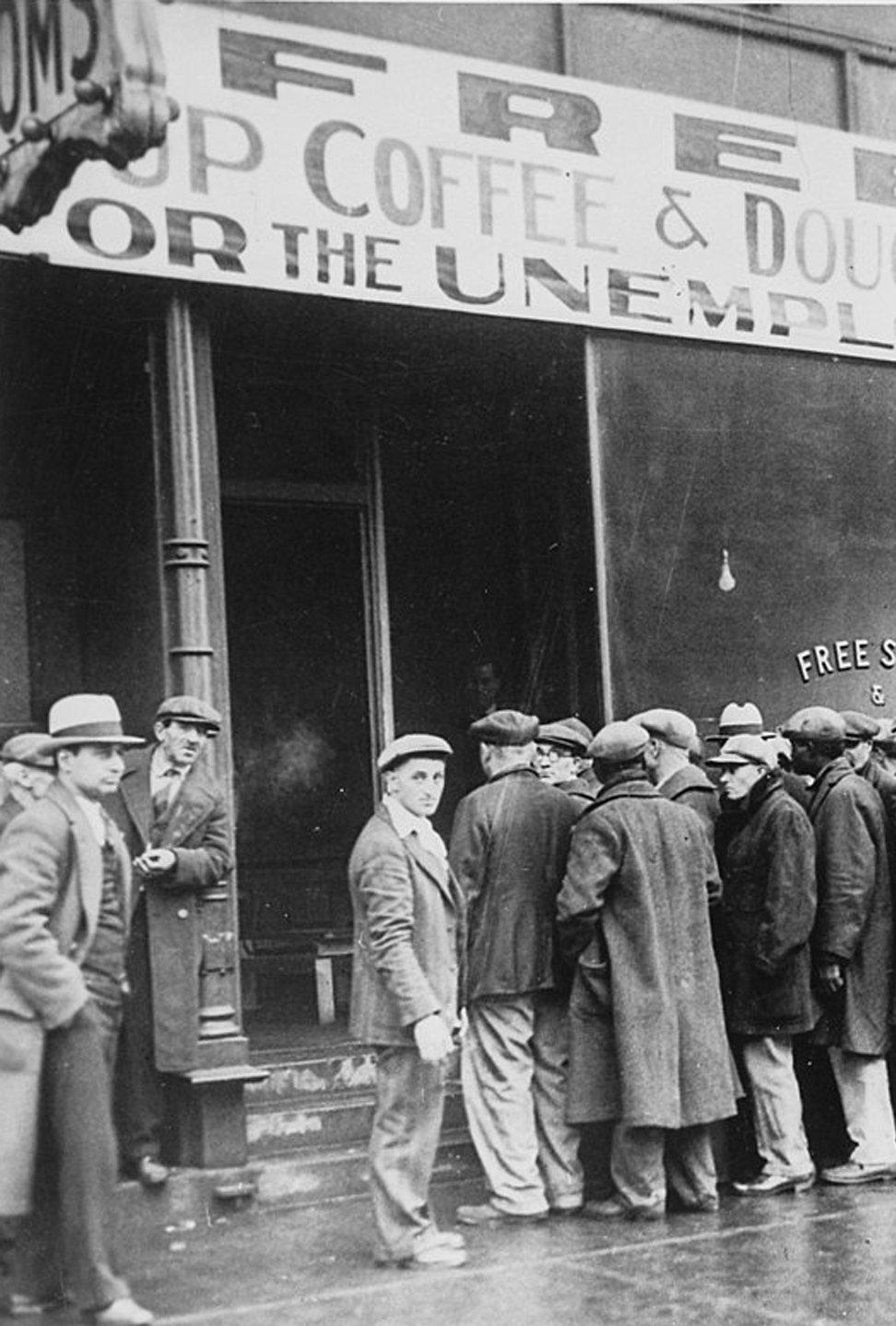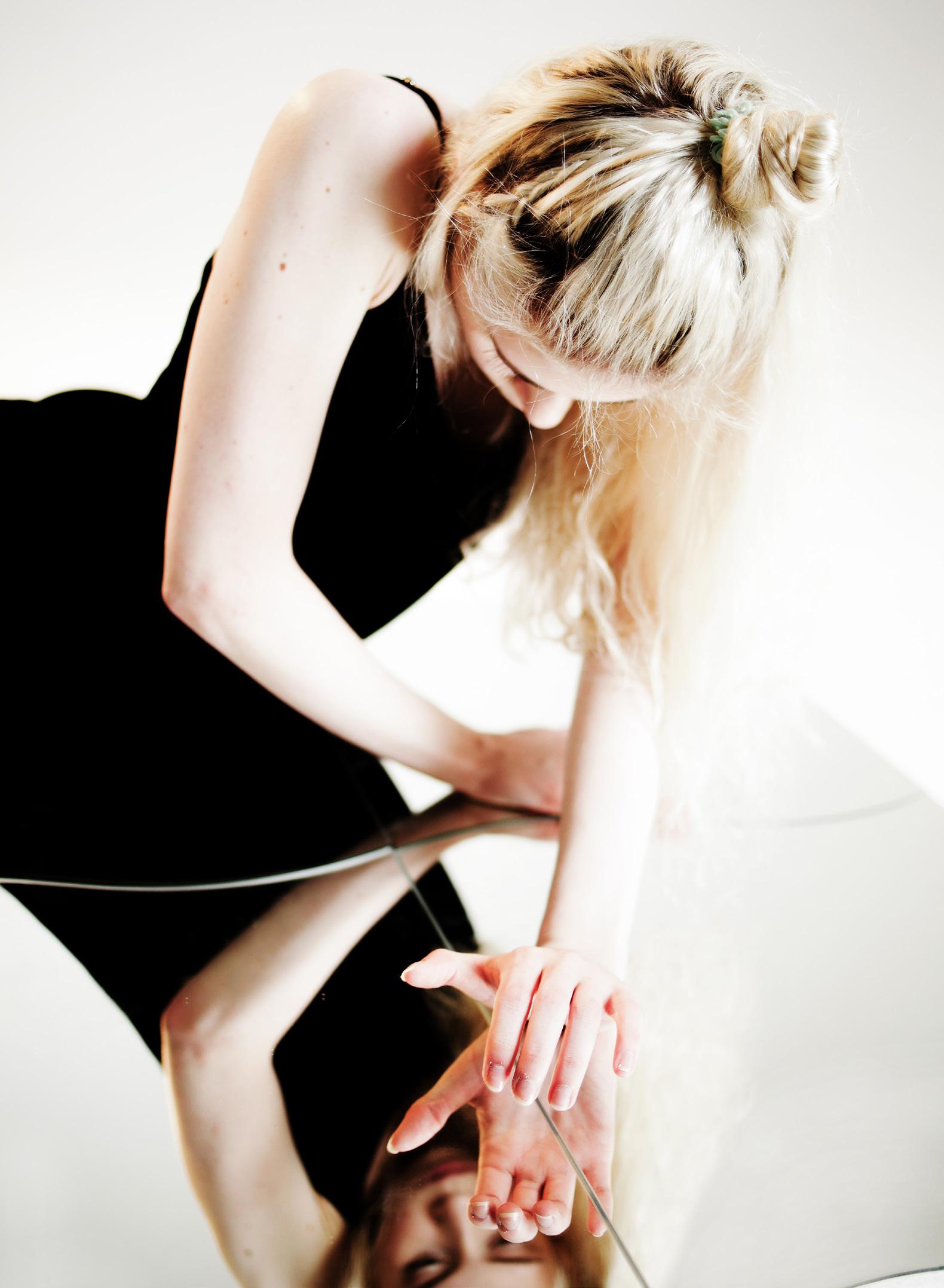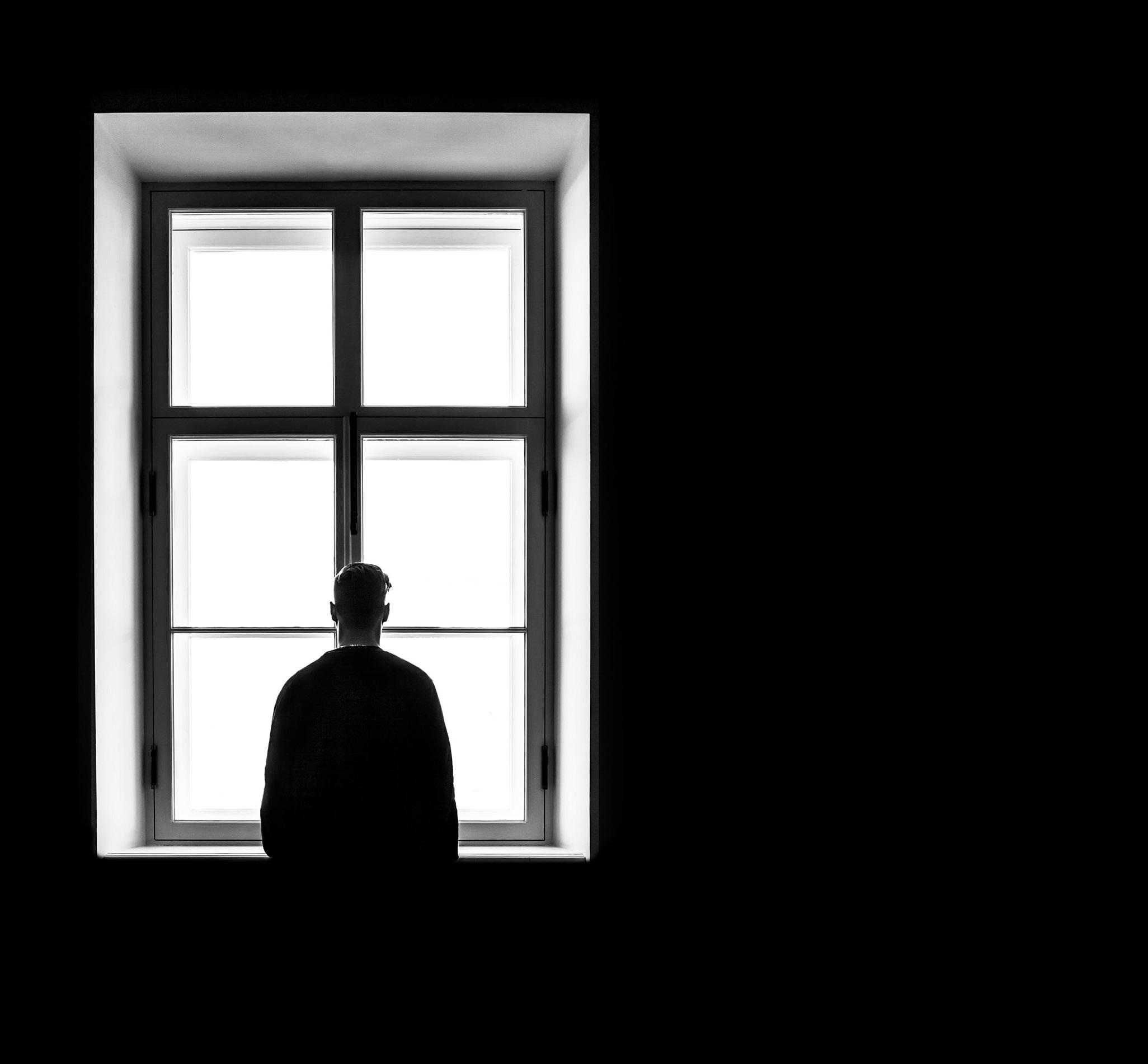
10 minute read
The Agony in Gethsemane Tom McCarthy
The Agony in GETHSEMANE
Tom McCarthy
Andrea Mantegna, Agony in the Garden, 1456
Then cometh Jesus with them unto a place called Gethsemane and saith unto his disciples, “Sit ye here, while I go and pray yonder”. And he took Peter and the sons of Zebedee (James and John) and began to be sorrowful and very heavy. Then saith he unto them, “My soul is exceeding sorrowful, even unto death. Tarry ye here and watch with me”. And he went a little further and fell on his face and prayed, saying, “O my Father, if it is possible let this cup pass from me. Nevertheless not as I will but as thou wilt”. And he cometh unto the disciples and findeth them asleep and saith unto Peter, “What, could you not watch with me one hour?” (Matthew’s Gospel, chapter 26, vv 36-40).
Within the space of about four years between c. 1456 and 1460, two artists, one from Padua and the other from Venice, painted The Agony in Gethsemane. The Paduan was Andrea Mantegna and Giovanni Bellini was the Venetian. At first sight the two paintings seem to be almost mirror- images, but the similarities hide profound differences.
Mantegna
Andrea Mantegna was born sometime in the 1430s in a village near Padua. His father was a carpenter. At the age of 10 he was apprenticed to the Paduan artist Francesco Squarcione and when his father died he was adopted by him. Squarcione was also an archaeologist and an antiquarian; his collections of drawings of ancient sites with their gates, arches and towers, their sculptures and reliefs, coins and vases from his travels in Greece and Italy, were an integral part of his Studium (established 1431) where the young Mantegna spent his apprenticeship and were an unfailing source of inspiration. Such training in antiquity was his debt to Squarcione, though the relationship and the adoption ended in acrimony and in a court of law before he was twenty.
Padua’s university was the second oldest in Italy after Bologna, famous for its devotion to humanism and to the study of the classic texts and learning of ancient Greece and Rome. Squarcione and his pupil, thus, fitted perfectly into this world. Mantegna was precocious. His earliest painting when he was seventeen is an astonishing portrait of St Mark. Soon he was working on a fresco for the Church of Santa Sophia and later with others he painted the Ovetari chapel in the city, (destroyed in the Allied bombing in 1944).
Giovanni Bellini
“If Mantegna with his abiding passion for antiquity and intellectual enquiry can be seen as the quintessential Paduan artist of the fifteenth century, Giovanni Bellini was the archetypal Venetian” (Campbell). He was born a few years after Mantegna into a leading family of artists, indeed into one of the leading families, in Venice. The school of Venetian painting had been founded by Giovanni’s father Jacopo when he brought the influence of Florentine art to the city. His first son was Gentile, a painter of panoramic views of contemporary life in Venice; he later became Court Painter to Mehmet II in Constantinople before returning home in triumph.
Unlike Mantegna, Giovanni Bellini’s talent took time to emerge as he took his place alongside his brother Gentile in their father’s workshop. Jacopo’s sketchbooks with their open landscapes and classical architectures with a Florentine sense of perspective provided a source for many of his sons’ paintings; later when Gentile died he bequeathed these sketchbooks to Giovanni, “my most dear brother”.
Brothers-in-Law
In the fifteenth century Padua was an important part of the Republic of Venice; young Venetians were forbidden to study anywhere but at its famous university. It is not surprising that in the late 1440s Jacopo Mantegna heard of and met Padua’s foremost young painter and saw his work in the Ovetari Chapel. In 1453 Jacopo’s daughter Nicolosia Bellini married Mantegna and for the next seven years the painters in each family influenced each other. “Both artists (Mantegna and Giovanni Bellini), on occasion, changed the way they worked in response to each other”, (Campbell).
In 1460 Mantegna and his family (he and Nicolosia had four sons) moved to Mantua and there he remained for fifty years as Court Painter to the noble Gonzaga family. Giovanni Bellini eventually set up his own studio in Venice
Giovanni Bellini, The Agony in the Garden, c.1460

independent of his family and became the city’s greatest painter, training or influencing artists like Sebastiano del Piombo (later and in Rome a disciple of Michelangelo), the enigmatic Giorgione and Titian. Indeed, this Bellini “laid the foundation of an artistic revolution that Titian would complete” (Hale).
Mantegna’s Agony (c. 1456)
In a poem written in the 1480s, Giovanni Santi (father of Raphael) wrote of Mantegna that:
In this splendid and gentle art he has the edge over other Italian artists.
That excellence can be seen even in this earlier painting. The central drama is framed from the right by a tall bare tree and to the left by a vision of five angels bearing the instruments of Christ’s suffering and death. Below them the figure of Christ in dark colours looks up, his head set against the mountain side. Below him and in the shadow of the rock the disciples lie sleeping in a group, their togetherness contrasting with the solitary Christ. Mantegna’s forms are strongly outlined, indeed almost sculptural; even the five angels advancing with the instruments of Christ’s suffering and death seem almost like a line of statues. The grouped trio of sleeping disciples is an object lesson in differing examples of foreshortening. In the mid-distance the procession of soldiers coming to arrest Christ led by Judas is also sharply outlined, the first nine figures clearly distinct and moving while the colours of their robes echo the colours of the clustered disciples. There is almost no room for landscape here.
However, it is his scrupulously meticulous imagining of the city of Jerusalem that captures the viewer’s attention. Its buildings seem to rise and flow around the hillside. We see a column with relief sculptures topped by a golden equestrian statue. Next to it we see a circular building like the Colosseum in Rome and near it we can pick out golden crescents on top of towers and spires. The walls are strong and battlemented.
Art historians tell us that Mantegna’s Agony is one of the first examples of a painting made for an individual’s devotion and meditation. I am sure that the devout recipient of this painting might recognise the artist’s Jerusalem from reading the Psalms in his/her Book of Hours. Psalm 48 invites the reader to:
Walk about Zion (Jerusalem) and go all around her. Count her towers; mark well her bulwarks. Consider her palaces.
And Mantegna’s patron could just do that when looking at the painting. Psalm 122 tells us that:
Jerusalem is builded as a city that is compact together; whither the tribes go up, the tribes of the Lord.
If we look closely we can see tiny figures making their way up to the main gate of the city below the central tower.
We can also see in places where the walls have been damaged and replaced with fresh stone, a reminder that Jerusalem had fallen to many a foreign invader from the Assyrians in the eight century to the year 63 B.C. when the Romans came and conquered. It is not too abstruse to imagine that Mantegna had learned his ancient history in Squarcione’s Studium or to imagine that those damaged walls reveal his passion for archaeological and historical correctness.
Mantegna’s Agony is indeed a triumph. And yet...
Bellini’s Agony (c. 1460)
Bellini’s Agony was, like Mantegna’s, painted for private prayer and meditation and it seems at first to be its mirror-image: the city on a hill; the kneeling Christ; the angelic vision; the sleeping disciples and the approaching soldiers. In style, however, they could not be more different. In a survey of Venetian art in 1660, long after Bellini’s death, Carlo Boschini wrote:
Without him (Bellini) art would be an icy winter.
We can see this warmth, this feeling for light and colour, even in this early painting. The landscape is wide and expansive and the light of dawn illuminates the scene. The clouds are lit from below; the faraway hills are dark, except for the buildings high on the left. Closer to the viewer the light picks out each disciple individually. The youngest, closest to the picture plane, leans his head on a rock behind him. In the centre the head of the barefoot disciple leans forward to rest on his knee and note how the light infolds the blue of his robe; that same light fades the pink robe of the prone disciple. Each one different. Each one separate. Each one lost in thoughtful or troubled sleep...studies in isolation.
The figure of Christ kneels away and above them, isolated against the dawn, its light his only halo, head and shoulders clear against the sky, hands tight in prayer. The light throws the shadows of his kneeling feet on the ground. His is the greater isolation because he is awake. Moreover, Bellini has looked closely at the Biblical text:
He prayed...’O my Father, if it is possible let this cup pass from me...’
That prayer so intense becomes the shape of a translucent angel bearing a cup or chalice and so insubstantial as if it were a mere disturbance of a cloud. High on the left moving out of the painting, we see only the roofs, gables and sides of the houses of Jerusalem; there is merely a hint that this is a walled city. ”The absence of detail confirms Bellini’s observation that the brilliant early morning sun has bleached out much of the information about the structure of the distant buildings” (Dunkerton). All is still, has yet to come to life in the early dawn. And in the open landscape below, the clear light reveals each of the four main characters, individual and still, lost either in sleep or in sorrow.
Afterwords
Both paintings hang side-by-side in the National Gallery in London.
Mantegna’s Agony is a triumph and yet...and yet perhaps there is too much detail. Look at the tree that frames the scene. A vulture sits on top of the dead tree, emblems of death; and at the foot we can just see tiny pelicans which are ancient symbols of Christ’s sacrificing love. Two rabbits play near the foot of the disciple on the right and on the mid-left another rabbit scurries away: why? The angels high on the left also leave nothing to the imagination; they advance almost bodily, one of them carrying a hefty pillar on which Christ will be tied, the central angel bears the cross, another the lance that pierced his side. The imagining of the city of Jerusalem is indeed marvellous but it dominates everything as it strides across nearly four-fifths of the picture’s length. The viewer’s attention is distracted everywhere away from the central Christian drama.
By contrast Bellini’s Agony is simple. There is no framing as he lets the drama speak for itself. Everything is harmonious: the light, the colours, the people in that expansive landscape, each individual lost in isolation. Yet if you wish for subtlety: see how Christ kneels at the rock in front of him almost as at an altar and the fence that surrounds the rock below on the right seem like altar rails. And the angel bearing the chalice? Is this not an allusion to the Eucharist?
“Mantegna’s painting is constructed, almost like a model, in solid units which are built from an infinity of minutely observed details and held together by a line. Bellini’s painting is also linear, but, following the sketchbooks of his father, it is open, spacious and free, with a wonderful appreciation of the mood and behaviour of the dawn light as it creeps across the valley” (Steer). It creeps across the valley and surely its devout first viewer was free to let the mind wander and wonder about what was revealed, the central mystery of Christ’s suffering.
Recommended Reading Caroline Campbell and others with Jill Dunkerton: Mantegna and Bellini Peter and Linda Murray: The Art of the Renaissance Sheila Hale: Titian John Steer: Venetian Painting










